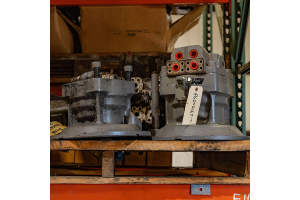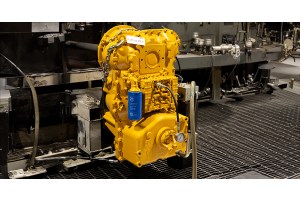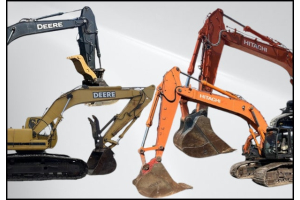
A construction site is a high risk area to work. There is a constant threat of damage and injury. An empty work site is often the target of theft and vandalism. For all these reasons and more, having the right construction insurance plan is essential.
Choosing the best coverage with the right provider requires educating yourself.

Determine Risks
Determine what potential pitfalls your business could face ahead of shopping for insurance. Even when you secure an insurance plan, you should always reevaluate what type of coverage you may need.
Shopping for Insurance
Trying to save money on insurance is never a good idea. You certainly have a budget to think about, but this is one expense you don't want to cut corners with if you can afford it. You can, however, pay too much for insurance by getting coverage you don't need. Knowledge is power so do your research, and speak to others who have a business like yours to see what type of insurance they have.
Basic Coverage
The most common type of construction insurance is Commercial General Liability. CGL covers the most common types of claims, injuries and property damage. With CGL coverage damage caused doing a job would be covered, but faulty work would not be covered.
Get Extra Protection
Once you have CGL you will need to know what extended coverage you need. Professional liability insurance is becoming a necessary tool in the industry, especially for design-build businesses that perform many roles within a project. Another option is risk policy, which covers structures and materials used on a job-site. A risk policy will cover damage from things like fires, vandalism and wind damage.
Identify Needs
When you're working on a job there will be situations that will make you wonder, "am I covered for this?" When situations crop up, be sure to find out if you should consider adding to your coverage. The types of coverage you have will differ depending on what type of work you do. Obviously someone doing demolition will need much different coverage from a company that does paving. For higher risk trades, like roofing or framing, your business may want to consider contractor or project-type coverage as most CGL plans do not protect against these risks.
Conclusion
The key to having the right insurance plan is to start with a solid foundation with a reputable provider. After that, be sure to identify coverage needs and reassess those needs as your company grows. It all begins with research, and reading this post is a good start.









